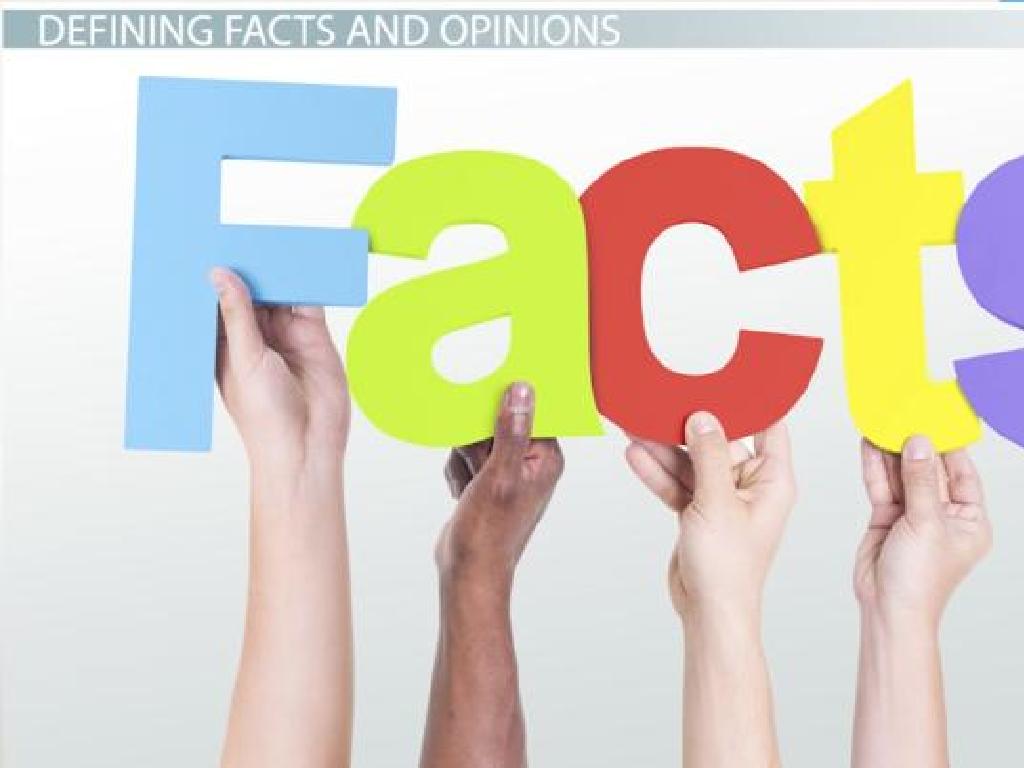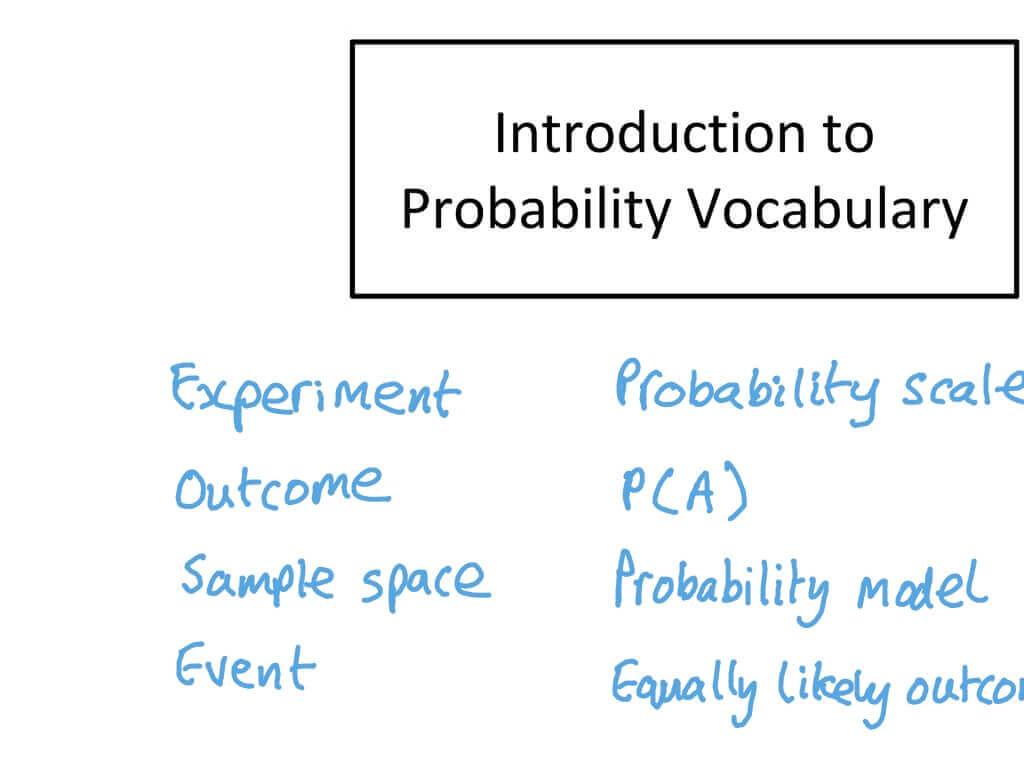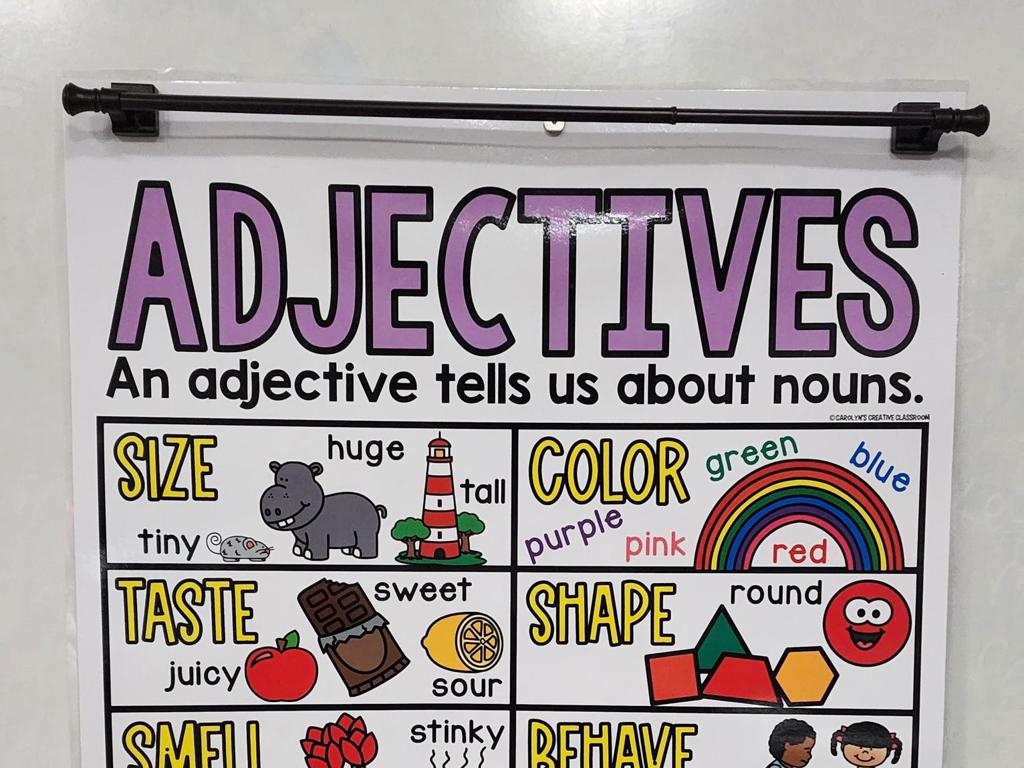Form And Use The Regular Past Tense
Subject: Language arts
Grade: Fifth grade
Topic: Verb Tense
Please LOG IN to download the presentation. Access is available to registered users only.
View More Content
Mastering Regular Past Tense
– What are verb tenses?
– Exploring regular past tense
– Regular past tense verbs end in ‘ed’, like ‘walked’ or ‘jumped’
– The importance of correct tense
– Using the right tense tells the time of action
– Examples of regular past tense
– ‘I walk to school’ becomes ‘I walked to school’ yesterday
|
This slide introduces the concept of verb tenses, with a focus on the regular past tense, which is crucial for indicating actions that have already happened. Emphasize the pattern of adding ‘ed’ to the base form of regular verbs to create the past tense. Discuss why using the correct tense is important it helps the listener or reader understand when an action took place, providing clarity in communication. Provide clear examples to illustrate the change from present to past tense, and encourage students to think of their own examples. In the next class, we can have exercises where students convert present tense sentences to past tense and use them in their own storytelling.
Understanding Regular Past Tense
– Past tense: actions before now
– Regular past tense: ends in ‘-ed’
– Example: ‘walk’ to ‘walked’
– ‘walk’ is present tense, ‘walked’ is past tense
– Example: ‘jump’ to ‘jumped’
– ‘jump’ is present tense, ‘jumped’ is past tense
|
This slide introduces the concept of the past tense, which is used to describe actions that have already happened. Emphasize that the regular past tense is formed by adding ‘-ed’ to the end of the base form of a verb. Provide examples like ‘walk’ becoming ‘walked’ and ‘jump’ becoming ‘jumped’ to illustrate the rule. Encourage students to think of other verbs and practice converting them to the past tense. This will help them understand how to form and use the regular past tense in their writing and speaking.
Regular vs. Irregular Verbs
– Regular verbs follow a pattern
– Add ‘-ed’ to most verbs to show past action, like ‘walk’ becomes ‘walked’
– Irregular verbs are unpredictable
– Irregular verbs change form completely, like ‘go’ becomes ‘went’
– Today’s focus: regular verbs
– Understanding the ‘-ed’ ending
– The ‘-ed’ ending is used to form the past tense for regular verbs
|
This slide introduces the concept of regular and irregular verbs to the students. Regular verbs follow a consistent pattern where we typically add ‘-ed’ to the base form to indicate past tense, such as ‘talk’ becoming ‘talked’. Irregular verbs, on the other hand, do not follow this pattern and change form entirely, such as ‘run’ to ‘ran’. Today, we will concentrate on understanding and using regular verbs correctly. Emphasize the ‘-ed’ ending and provide examples to illustrate the rule. Encourage students to think of verbs they use daily and consider how they would change those into the past tense.
Creating the Past Tense
– Add ‘-ed’ to regular verbs
– For ‘talk’, ‘talked’ is the past tense
– Just add ‘-d’ to verbs ending in ‘e’
– For ‘love’, ‘loved’ is the past tense
– Change ‘y’ to ‘i’ and add ‘-ed’ for verbs ending in ‘y’
– For ‘try’, ‘tried’ is the past tense
– Practice with examples
|
This slide introduces students to the rules for forming the past tense of regular verbs. Emphasize the pattern of adding ‘-ed’ to the base form of most verbs. Highlight the exceptions, such as when a verb ends in ‘e’, only ‘-d’ is added, and when a verb ends in ‘y’, the ‘y’ is changed to ‘i’ before adding ‘-ed’. Provide students with a variety of examples to illustrate each rule. Encourage them to come up with their own examples and write sentences using the past tense. This practice will help solidify their understanding of regular past tense formation.
Spelling Rules for Past Tense Verbs
– Double final consonant for short verbs
– Like ‘stop’ becomes ‘stopped’
– Single vowel before consonant? Double it!
– ‘Hop’ is short, has one vowel before last consonant, so ‘hopped’
– Two vowels at the end? No doubling!
– Stress not on last syllable? Don’t double!
– ‘Visit’ ends with two vowels, so just ‘visited’
|
This slide focuses on teaching students the spelling rules for converting present tense verbs to their past tense form. Emphasize the importance of recognizing the length of the verb and the placement of vowels and consonants. Use examples to illustrate each rule: for verbs that are short and end in a single vowel followed by a consonant, double the final consonant before adding ‘ed’ (e.g., ‘stop’ becomes ‘stopped’). If the verb ends in two vowels or the stress is not on the last syllable, do not double the consonant (e.g., ‘visit’ becomes ‘visited’). Encourage students to practice these rules by identifying verbs in sentences and applying the correct spelling transformation.
Mastering Past Tense: Pronunciation of ‘-ed’
– The ‘-ed’ ending sounds: /t/, /d/, /jd/
– It changes based on the last sound of the verb
– ‘/t/’ after voiceless sounds
– Like in ‘kissed’ (kiss + /t/)
– ‘/d/’ after voiced sounds
– Like in ‘hugged’ (hug + /d/)
– ‘/jd/’ follows ‘t’ or ‘d’
– Like in ‘wanted’ (want + /jd/)
|
This slide focuses on teaching students the correct pronunciation of the past tense ‘-ed’ ending, which is crucial for their speaking and listening skills. Explain that the pronunciation changes depending on the final sound of the verb in its base form. Voiceless sounds like ‘p’, ‘f’, ‘s’, ‘k’ will take the /t/ sound, while voiced sounds like ‘b’, ‘g’, ‘v’, ‘z’ will take the /d/ sound. If the verb ends in ‘t’ or ‘d’, the ‘-ed’ ending is pronounced as /jd/. Provide examples for each case and practice pronunciation in class. Encourage students to listen carefully to the ending sounds of verbs and to practice with a list of regular verbs as homework.
Using Regular Past Tense Verbs
– Form sentences with past tense verbs
– Example: ‘Yesterday, I walked to the park.’
– ‘walk’ becomes ‘walked’ to show the action happened in the past
– Subject-verb agreement is key
– Ensure the subject and verb match: ‘He walks’ becomes ‘He walked’
– Practice makes perfect
– Write your own sentences using regular past tense verbs
|
This slide is aimed at helping students understand how to correctly form and use regular past tense verbs in sentences. Start by explaining that regular verbs form their past tense by adding ‘-ed’ to the base form. Use clear examples to show this transformation. Emphasize the importance of keeping the subject and verb in agreement, even in the past tense. Encourage students to practice by writing their own sentences, using a variety of regular verbs. Provide feedback on their sentences to reinforce correct usage. This practice will help solidify their understanding of verb tenses and prepare them for more complex verb forms.
Class Activity: Past Tense Storytelling
– Pair up for a story challenge
– Write a short story together
– Include five ‘-ed’ verbs
– Used, jumped, laughed, danced, cleaned
– Share your story with the class
|
This activity is designed to reinforce the concept of regular past tense verbs in a fun and interactive way. Have the students pair up and collaborate on writing a short story that incorporates at least five different verbs ending in ‘-ed’. This will help them practice forming the past tense and also encourage creativity. Once the stories are written, each pair will have the opportunity to present their story to the class, which will help build their confidence in using the past tense verbally. Possible verbs to use could include ‘walked’, ‘talked’, ‘played’, ‘watched’, and ‘cooked’. Encourage students to be imaginative and to support each other in the writing process.
Review: Regular Past Tense
– Recap on regular past tense
– Regular past tense verbs end in ‘ed’, like ‘walked’ or ‘jumped’.
– Construct a sentence with past tense
– Example: ‘Yesterday, I walked to the park.’
– Open floor for questions
– Encourage participation
– Ask if anyone needs clarification or has examples to share.
|
This slide is meant to conclude the lesson on regular past tense verbs. Start by asking the class to summarize what they’ve learned, reinforcing the concept that regular past tense verbs typically end in ‘ed’. Encourage students to come up with their own sentences using verbs they’ve learned, which helps to solidify their understanding. Open the floor for any questions, ensuring that students feel comfortable with the material. It’s important to foster a supportive environment where students are not afraid to ask questions or share their thoughts. As a teacher, be prepared to provide additional examples or explanations to address any confusion. Remember to praise participation to motivate further engagement.






